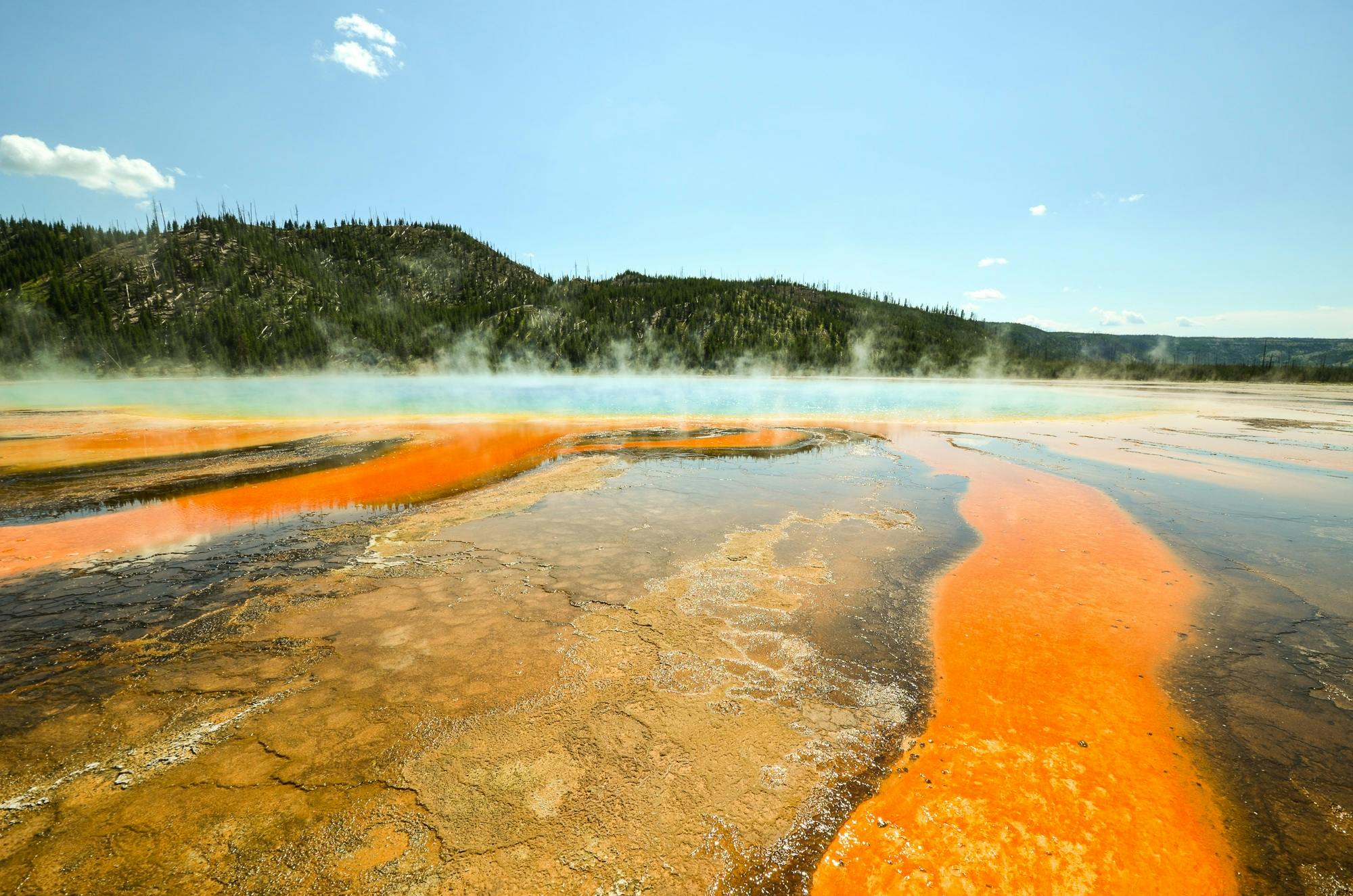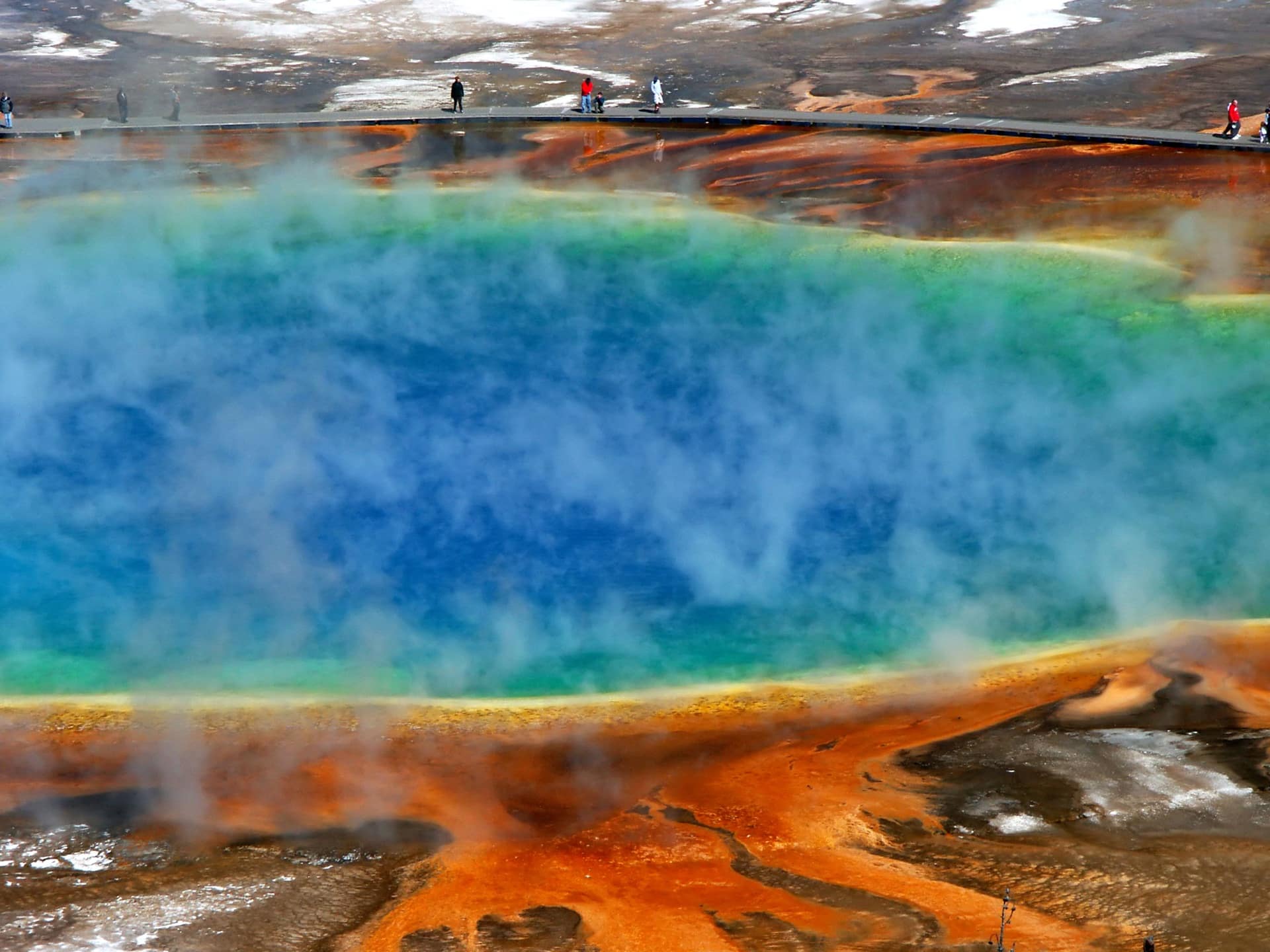Thermal distillation is a process of separating mixtures of liquids or solids by using the differences in their boiling points. This technique is used to purify liquids or separate mixtures of liquids and solids. Thermal distillation involves heating a mixture to vaporize and condense it, resulting in the separation of components based on their different boiling points. The process utilizes the fact that different components vaporize at different temperatures and can be collected separately.Thermal Distillation is a process of purifying a liquid by boiling it and then condensing the vapors that are produced. During this process, the liquid mixture is heated to its boiling point, causing the components with lower boiling points to evaporate. The vapors are then condensed into liquid form and collected. This process is used to separate liquids from non-volatile solids.
Thermal Distillation
Thermal distillation is a process used to separate components of a mixture through the use of heat and pressure. It is a common technique used in the refining of crude oil, and is also used in the production of various chemicals. Thermal distillation involves heating the mixture to its boiling point before condensing the vaporized components into separate containers. This process allows for the separation of different substances from one another, based on their boiling points. Different types of thermal distillation can be used depending on the desired end product and complexity of the mixture.
Fractional Distillation
Fractional distillation is one type of thermal distillation that is commonly used in the refining of crude oil. This method involves heating up the mixture until its boiling point is reached, then gradually reducing the temperature while collecting separate fractions as they vaporize at different temperatures. This allows for a more precise separation than other forms of distillation, as it separates out specific compounds based on their boiling points. Fractional distillation can also be used to produce other chemical products such as gasoline, kerosene, diesel fuel,
Advantages of Thermal Distillation
Thermal distillation is a process used to separate and purify different components from a mixture of liquids and solids. This process has several advantages, including its ability to distill multiple compounds at once, its cost-effectiveness, and its efficiency in terms of time and energy.
The main advantage of thermal distillation is its ability to separate multiple compounds at once. It works by heating the mixture until the components reach their boiling points. The vapors are then cooled, condensed, and collected in a separate container. This allows for the separation of multiple compounds from a mixture in one process.
Another advantage of thermal distillation is its cost-effectiveness. Since it can separate multiple compounds in one process, it saves money when compared to other separation methods that require multiple steps. Additionally, thermal distillation does not use any hazardous chemicals or solvents, which helps to keep costs down even further.
The final advantage of thermal distillation is its efficiency in terms of time and energy. The process is relatively quick and requires minimal energy input compared to other separation processes that need several steps or high temperatures for longer
Advantages of Thermal Distillation
Thermal distillation is a process of separating a complex mixture into its component parts by using the principles of evaporation and condensation. This process has numerous advantages, as it is very efficient in terms of energy usage, as well as being relatively inexpensive. The process can be used to separate volatile or non-volatile compounds, and can also be used to render the mixture free from contamination. Additionally, thermal distillation provides a high degree of accuracy in the separation process, meaning that it can be used to isolate very pure products.
Disadvantages of Thermal Distillation
The main disadvantage of thermal distillation is that it requires a large amount of energy input in order to achieve the desired results. As such, it may not be suitable for use in certain applications where cost or energy efficiency are key considerations. Additionally, the process may not be able to handle very large mixtures or complex mixtures due to its limited capacity. Lastly, thermal distillation may not be able to separate some substances with similar boiling points since they will both evaporate at the same temperature and pressure
Thermal Distillation
Thermal distillation is a process used to separate compounds based on their boiling points. This technique is used in many industries, such as oil refining and petrochemical production. The process involves heating a mixture of compounds, which causes the individual components to vaporize at different temperatures. These vapors are then collected and condensed back into liquid form for further processing. Thermal distillation is usually performed in a closed-loop system, meaning that the heated material never comes into contact with the outside environment.
The process relies on the fact that different compounds have different boiling points. As the mixture is heated, each component will vaporize at its own temperature, leaving behind any substances that have not yet reached their boiling point. Once the vapors are collected, they can be cooled and converted back into liquid form for further processing or use in products. In some cases, thermal distillation can be used to purify certain compounds by removing impurities that have a lower boiling point than the desired compound.
Thermal distillation is a relatively simple and cost-effective method for separating compounds from mixtures. It is often

Thermal Distillation
Thermal distillation is a process used to separate components of a liquid or gas mixture by heating it to a vapor state and then condensing the resulting vapor. The vapor is then condensed back into a liquid, which can then be separated from the other components of the mixture. Thermal distillation is an important industrial process used to produce many products ranging from gasoline to pharmaceuticals. It is also used in laboratories for separating components of mixtures that are not amenable to other methods of separation such as chromatography or filtration.
Applications of Thermal Distillation
Thermal distillation is widely used in industry for the production of petroleum products such as gasoline, diesel fuel, and jet fuel. It is also used in the production of chemicals such as chloroform, formaldehyde, and many others. In addition, thermal distillation is an important laboratory technique for separating compounds that are not easily separated by other techniques such as chromatography or filtration. It can also be used to purify liquids and remove impurities from them before they are used in processes
Precautionary Measures During Thermal Distillation
Thermal distillation is an important process used in various industries. It is important to take certain precautionary measures to ensure safety and efficiency during this process. The first thing to consider is the use of proper personal protective equipment (PPE). This should include gloves, eye protection, and respirators. Additionally, it is important to be aware of any potential hazards in the area such as combustible materials or flammable vapors.
It is also essential to properly inspect the equipment before use and make sure that all valves, seals, and other components are functioning correctly. Any leaks or malfunctions should be addressed and fixed immediately before continuing with the process. Additionally, it is important to check for signs of corrosion or wear on the equipment as this can lead to faulty readings or potential hazards during operation.
The temperature should also be monitored closely throughout the process as too high a temperature can cause explosions and fires. It is important to also ensure that there are no obstructions in the area which could cause accidents or impede the flow of material during distillation. Lastly, it
Thermal Distillation
Thermal distillation is a process used to separate components of a mixture by exploiting differences in their boiling points. The process involves heating the mixture to a temperature higher than the boiling point of the least-volatile component and condensing the vapor into a separate container, thereby isolating the individual components. Thermal distillation can be used to purify many different types of mixtures, including hydrocarbons, organic compounds, and water-alcohol mixtures.
Challenges Faced During Thermal Distillation
The most common challenge faced during thermal distillation is determining the correct temperature for distilling the mixture. If the temperature is too low, some of the more volatile components may not be distilled off; if it is too high, some of the less volatile components may not be distilled off either. Additionally, thermal distillation can be an energy-intensive process, so it should be optimized for efficiency. Finally, some mixtures can contain highly toxic or corrosive compounds which must be handled with care during thermal distillation.

Conclusion
Thermal distillation is a process that separates compounds based on their boiling points. It is often used to produce high-purity products or to recover materials from mixtures. This process generally involves heating a mixture to its boiling point, collecting the distillate, and separating the desired components from the rest of the mixture. Thermal distillation can be used in a variety of industries, including oil refining, pharmaceuticals, and food production. Thanks to its ability to separate components with different boiling points, thermal distillation is an invaluable tool for many industries.
Thermal distillation is a useful and effective technique for separating components in mixtures. This process provides higher purity products than other separation techniques and can be used on a variety of materials. It is important to understand the principles behind thermal distillation and how it works in order to make efficient use of this method. With proper knowledge and use of the right equipment, thermal distillation can be an effective way to separate components in mixtures with different boiling points.

